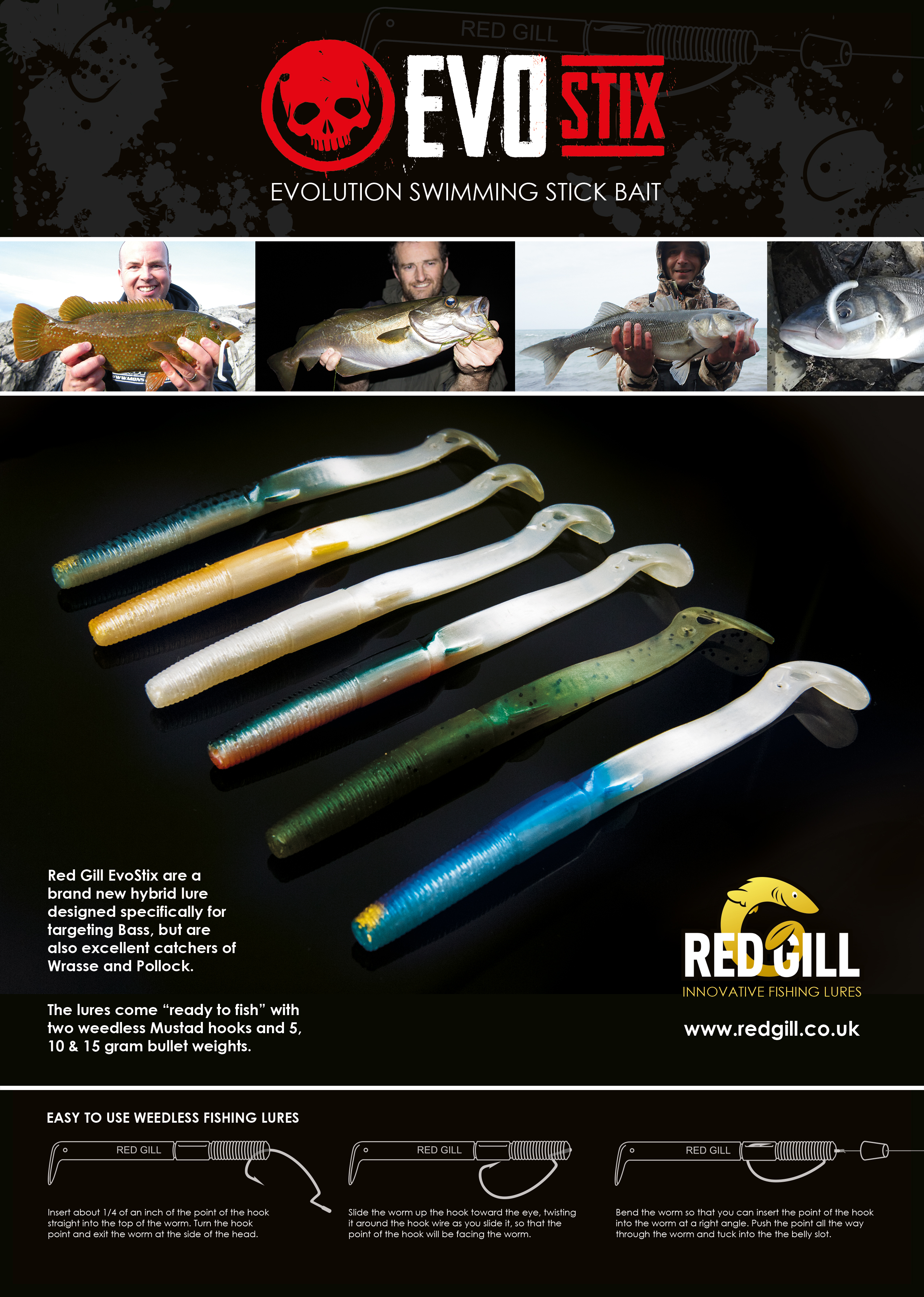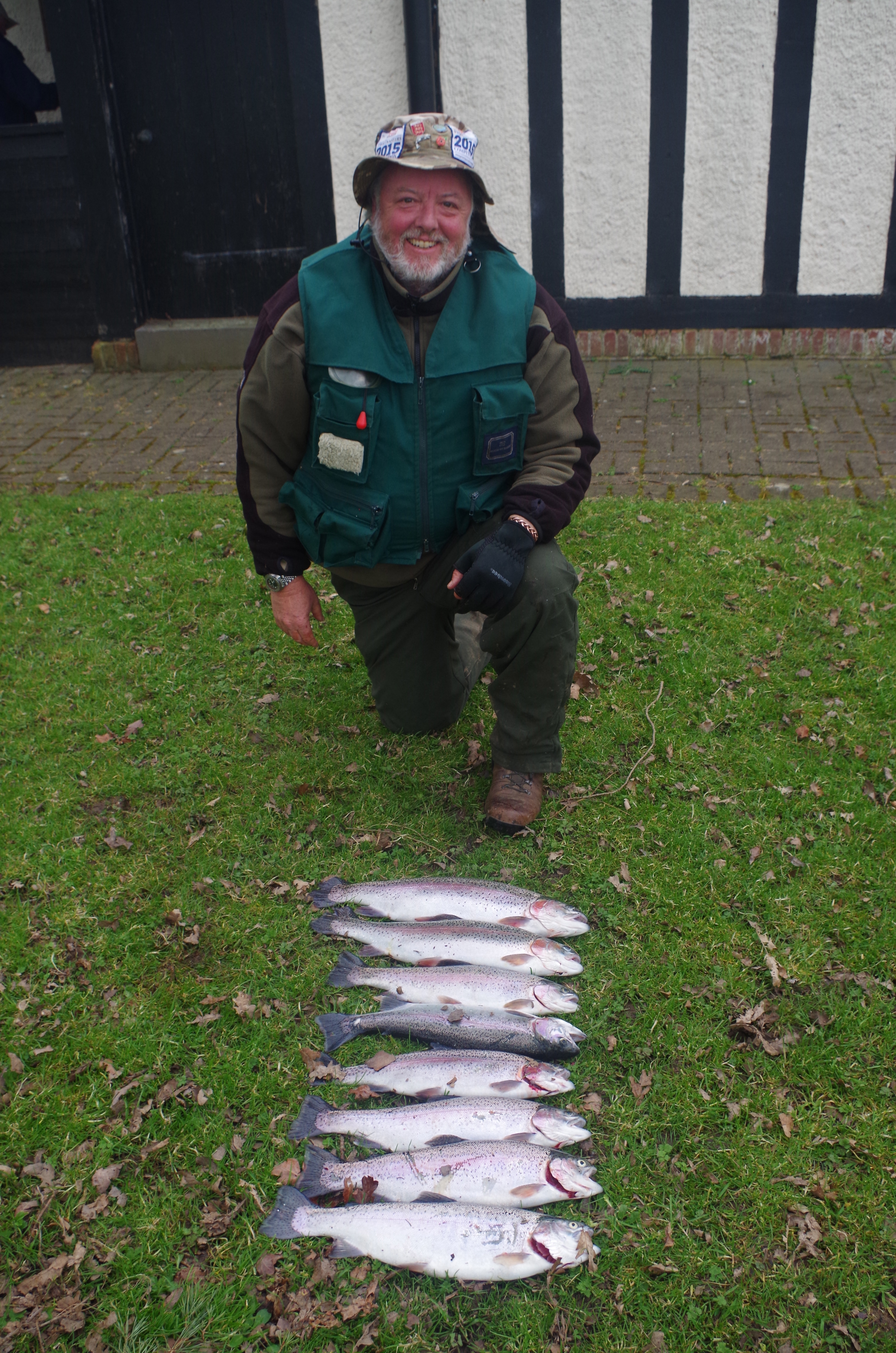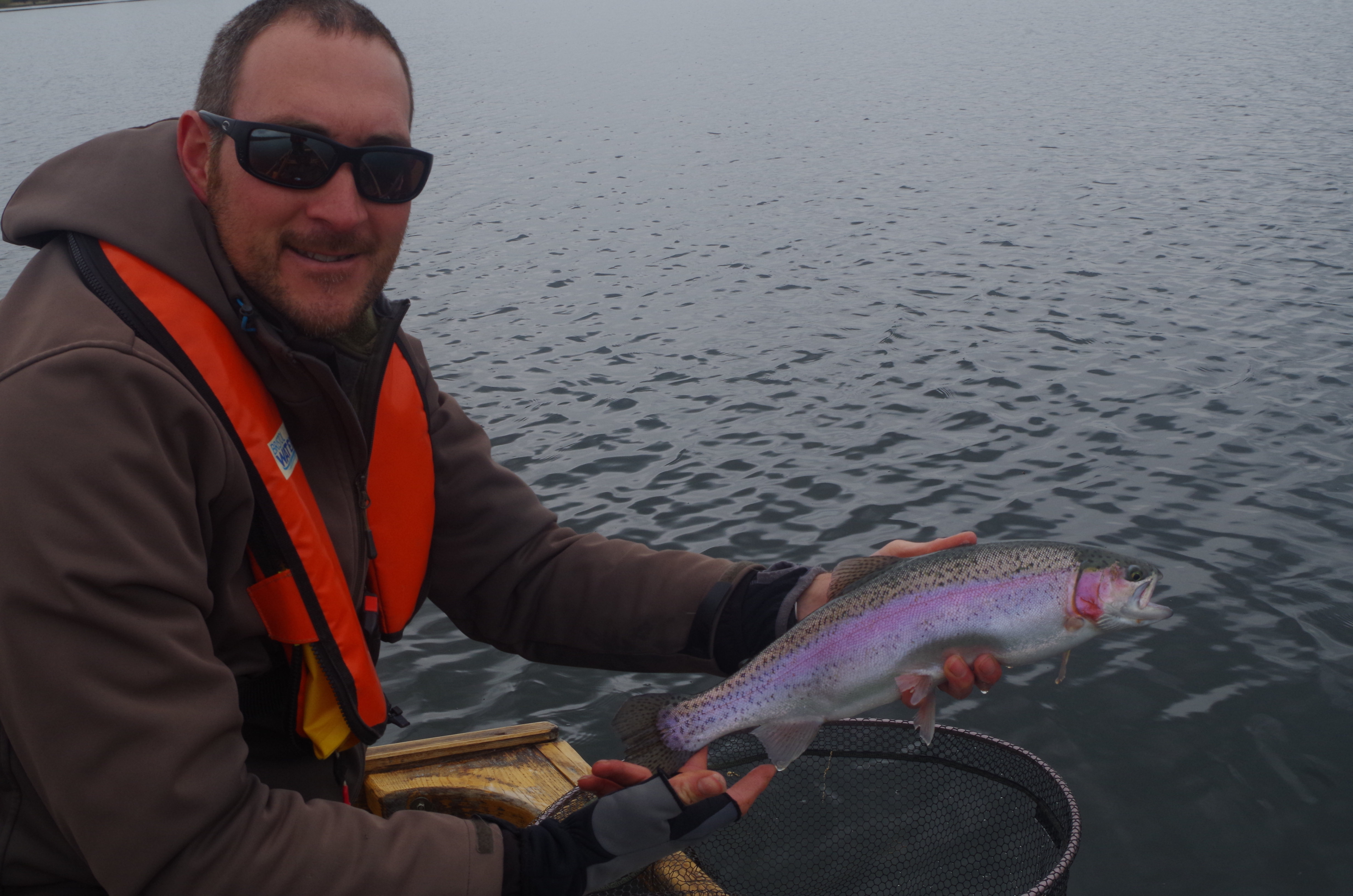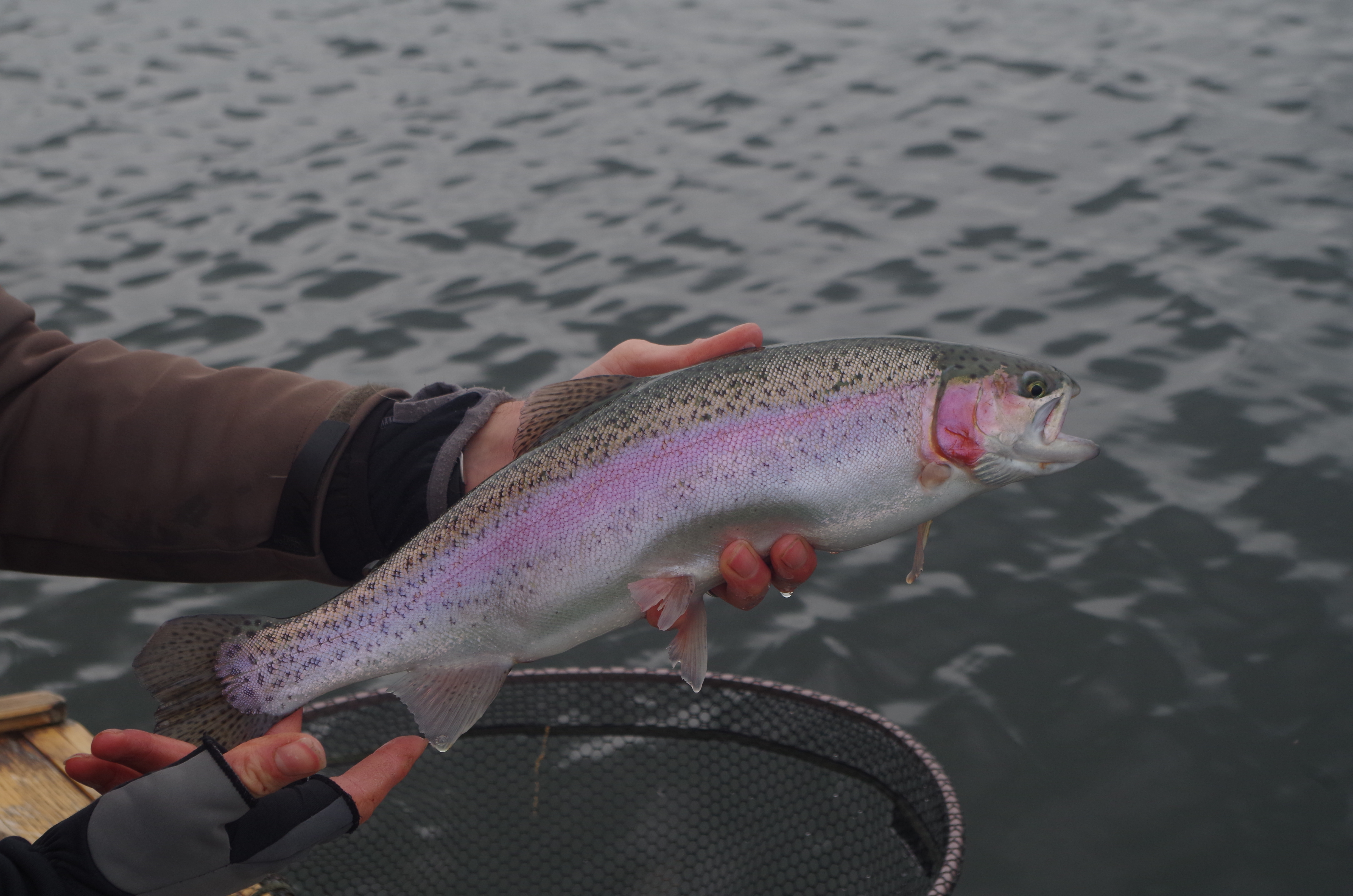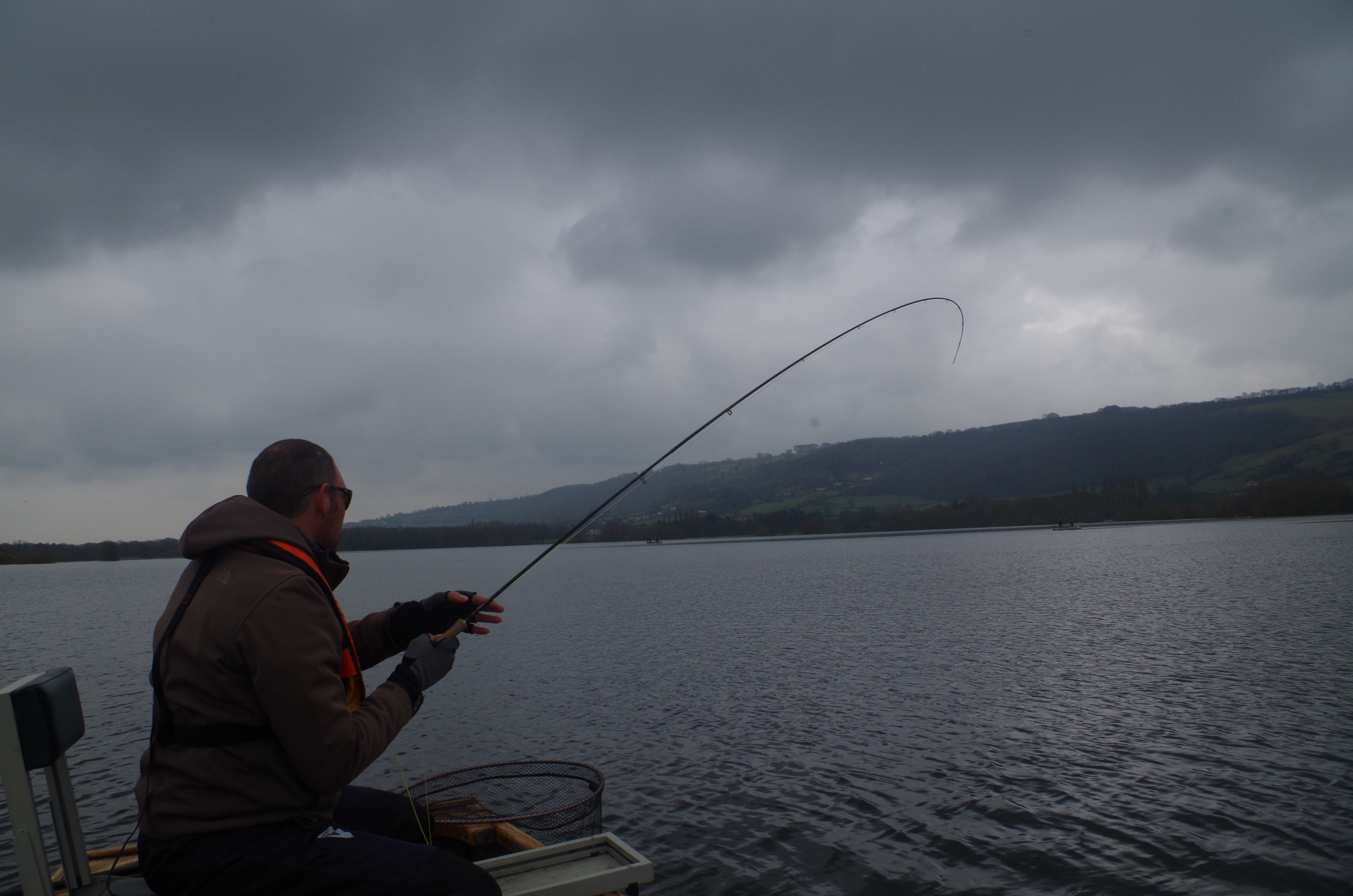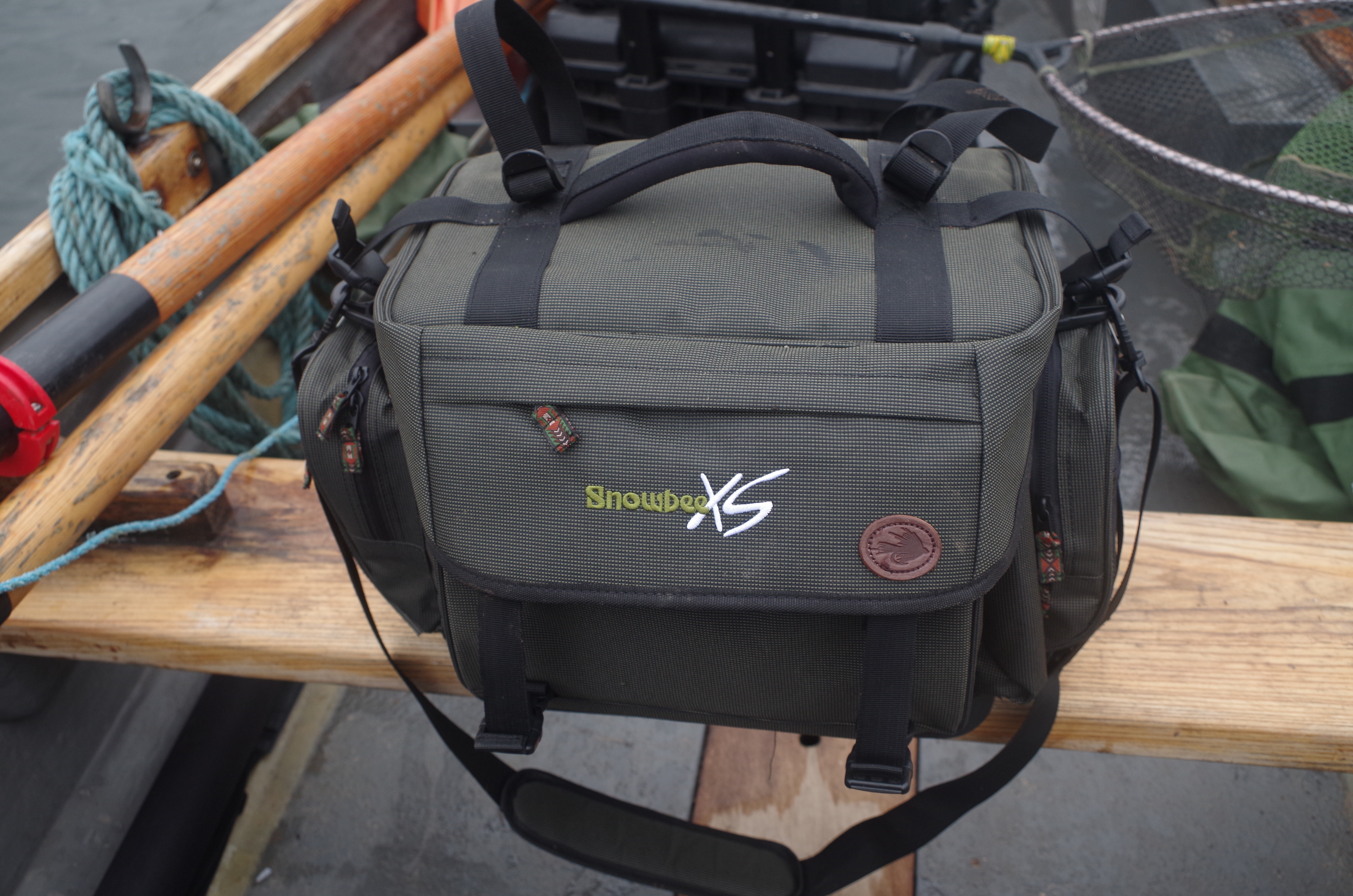The Torridge Fishery Associations AGM at the Half Moon Inn Sheepwash was as always well supported with members travelling from far and wide to meet up with fellow members and hear a summary of the last twelve months. There was a good deal of common ground between Taw and Torridge River Associations with a focus on the River catchments health. Guest Speakers were Paul Carter from the EA, Sam Baycock from the West Country Rivers Trust and England Junior Fly Fishing Team member Seth Tuson. Paul Ashworth and Charles Inniss gave a summary of news including a positive result from the Hatchery project with 24000 swim up fry ready for stocking out.
Sam Baycock of the West Country Rivers Trust gave an enlightening talk on his work to improve habitat for spawning salmon and to increase fry survival,targeted coppicing to reduce shading, soil containment, and removal of obstructions were key areas.
Seth Tuson aged 17 talked at length about his experience fishing with the England Junior Fly Fishing Team. He outlined the vast amount of travelling and hard work involved with training session most weeks at Lyn Brenig in North Wales. This year training is at Draycote Reservoir. One of the huge benefits of the experience has been an depth knowledge of fly fishing tactics. Seth is tying flies to raise funds for his Fly Fishing adventure and can tie most still water flies to order and charges £1.20 per fly. Seth can be contacted via email :- sethtuson@gmail.com
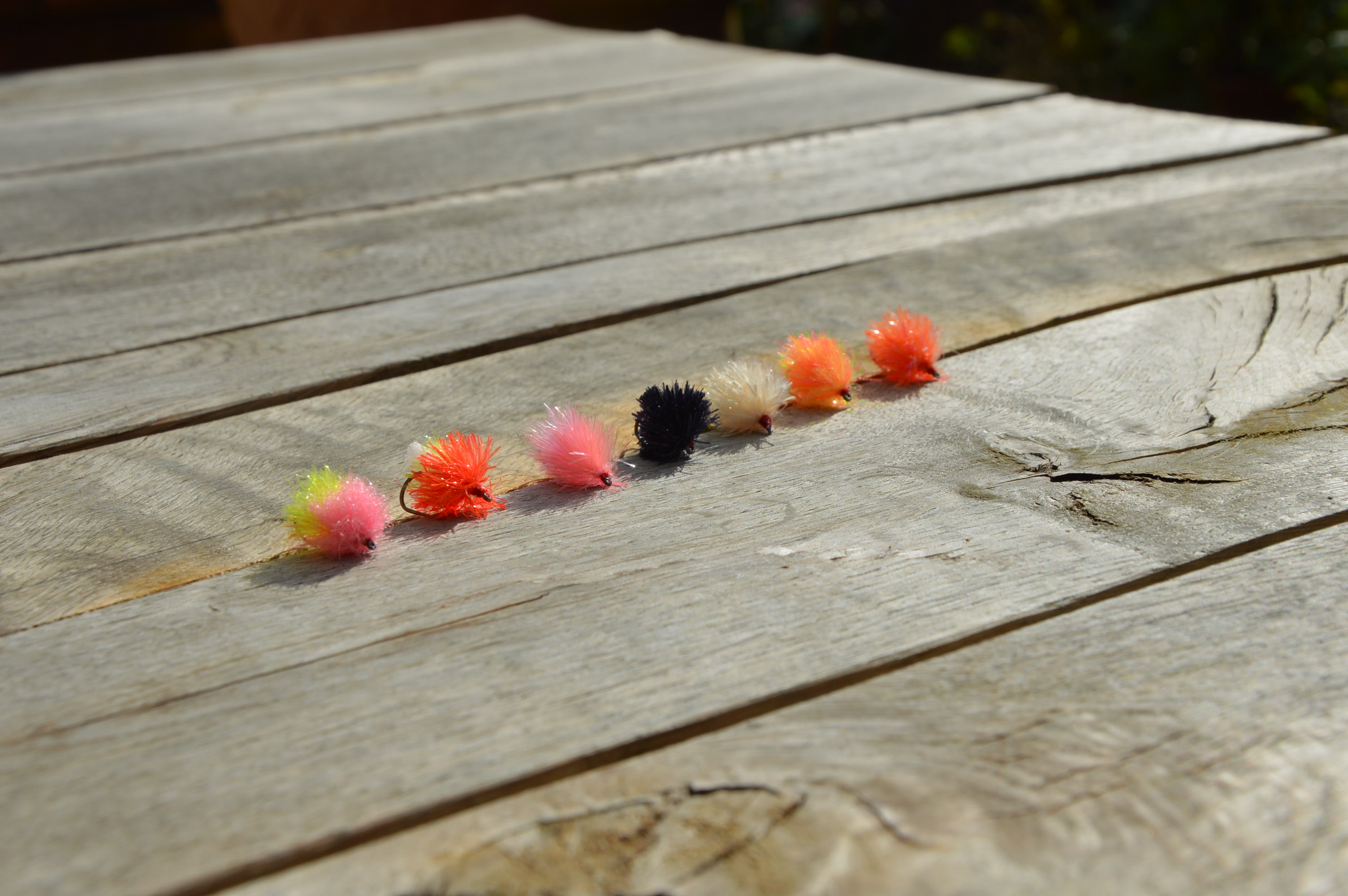
Taw Salmon
High river levels have curtailed fishing effort on the Taw and Torridge but Len Francis managed to get in a cast or two during a slight lull in the rain catching a fresh run spring salmon of 9lb from the Weir Marsh and Brightly Beats of the Taw. Another two salmon are believed to have been landed from Taw beats so far this year.

NEWSREEL: Spring 2018: Issue 37
Chairman: Paul Ashworth:
Secretary: Charles Inniss, Beeches Sheepwash Beaworthy Devon EX21 5NW
Tel: 01409231237
e-mail: charles.inniss@btinternet.com
SUBSCRIPTIONS: for 2018 are now due please. If you have not already paid, please forward your cheque for £20 to the Secretary at the above address, making cheques payable to The River Torridge Fishery Association.
EA Proposals to reduce exploitation by rods and nets: A big thank you to all of you who responded to the EA proposals. Because of the pressure exerted by the Angling Trust, the South West Rivers Association, River Fishery Associations and many individual anglers, the EA have only imposed mandatory “catch and release” on rivers were salmon stocks are dangerously low. “Catch and release” on our river will remain voluntary.
In simple terms for our river:
- The spring salmon byelaw will remain in place: ie prior to 16th June all salmon must be released.
- “Catch and release” will remain voluntary, but the EA has stated that at least 90% of fish must be released. If this is not achieved the EA will reserve the option to introduce mandatory “catch and release”.
- In 2019 seine netting for salmon/sea trout by the three remaining licensed netsmen will cease.
Your committee recommends that anglers should practice “catch and release” at all times and whenever possible use barbless hooks.
GREAT NEWS!! The proposed IFCA Bye-law has been confirmed. As from 1st March this year, all drift netting for bass and mullet in our estuary has ceased. This will finally bring to an end salmon and sea trout being caught as a by-catch and having to be released either dead or so seriously injured the chances of survival were minimal.
Three year juvenile survey programme: Two years ago your committee agreed to fund a three year programme of juvenile surveys. The results of the initial survey (a semi-quantitative survey by the West Country Rivers Trust) in the summer of 2016 were disappointing. Salmon fry were present in only 10 of the 35 sites. Last summer a full quantitative survey was completed by the EA. The results were much more encouraging with salmon fry present at most sites throughout the catchment. Salmon parr numbers were poor but brown trout were evident throughout the catchment. This year the West Country Rivers Trust will carry out the third survey. The three surveys should give us a better picture of the health of the river and where to target habitat improvements.
The 2017 Season: it was a dry spring and early summer but from July onwards the weather was much more unsettled with the river holding at a good height resulting in improved salmon catches. Salmon and sea trout catches were both slightly better than in recent years. However there is a discrepancy between the official EA rod catch data and our known catches by anglers. There are still anglers who are failing to send in their catch returns. It is vital all anglers send in their return even if it is a nil return.
Prospects for 2018: March has been an exceptionally wet and cold month with the river rarely fishable. So far one salmon has been caught (10lb), on the Lower Torridge. As I write this Newsreel in the second week of April it’s still raining with the river still in spate. Patience is a virtue!!
The Fishermen’s eyes and ears: Our fishery officer, Paul Carter, is now responsible for all the rivers in North Devon and more than ever he is dependent on the eyes and ears of fishermen. If you have any concerns (poaching or pollution) please call him direct on 07768007363, or the EA Emergence Hotline 0800807060 or the Association Secretary 01409231237.
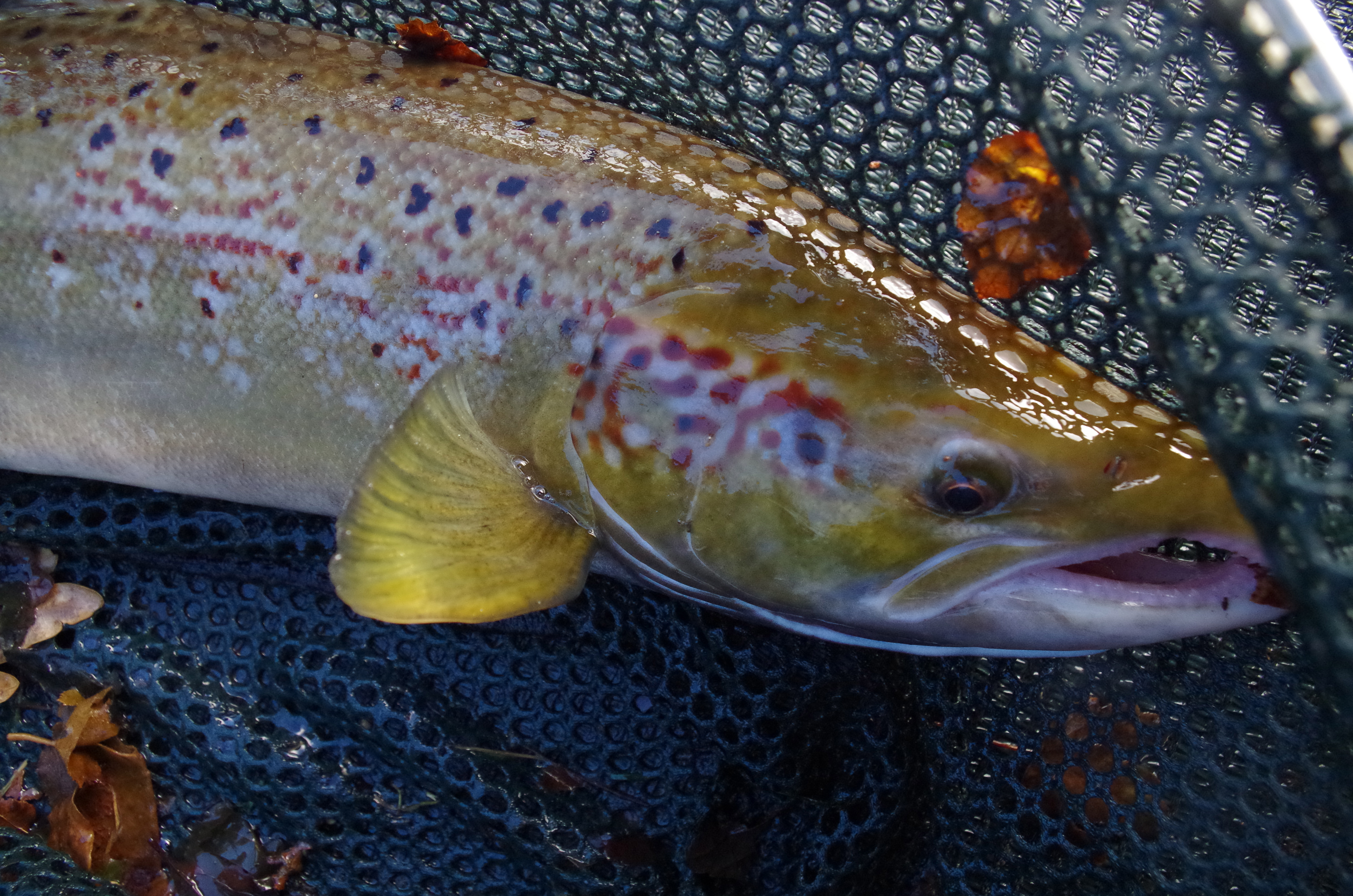
The Salmon Hatchery: The rearing programme this winter has again been very successful. The broodstock of 5 hens and 5 cocks were all returned safely to the river. Although the eggs of one hen failed to be fertilised there have been very few losses from the remainder and over 24,000 swim-up fry will be stocked out into the headwaters during the next fortnight. For the dedicated team of eight it is a great relief when the last fry are released into the river after five months of hard work and worry.
Sewage Storm Overflows at Torrington: thanks to the perseverance of the Torrington Commons Conservators SWW will be taking action to rectify the recurring problem of two sewage storm overflows repeatedly discharging raw sewage into the river at Torrington. The Conservators enlisted the help of Fish Legal (the legal arm of The Angling Trust).
The Annual General Meeting: held at The Half Moon Inn on 6th April was a great success with over 40 members attending.
We all enjoyed an excellent buffet and social get together after the meeting.
BUY YOUR FISHING LICENCE, PAY YOUR ASSOCIATION SUBSCRIPTION AND ABOVE ALL ENJOY YOUR FISHING. HAVE A GREAT SEASON.

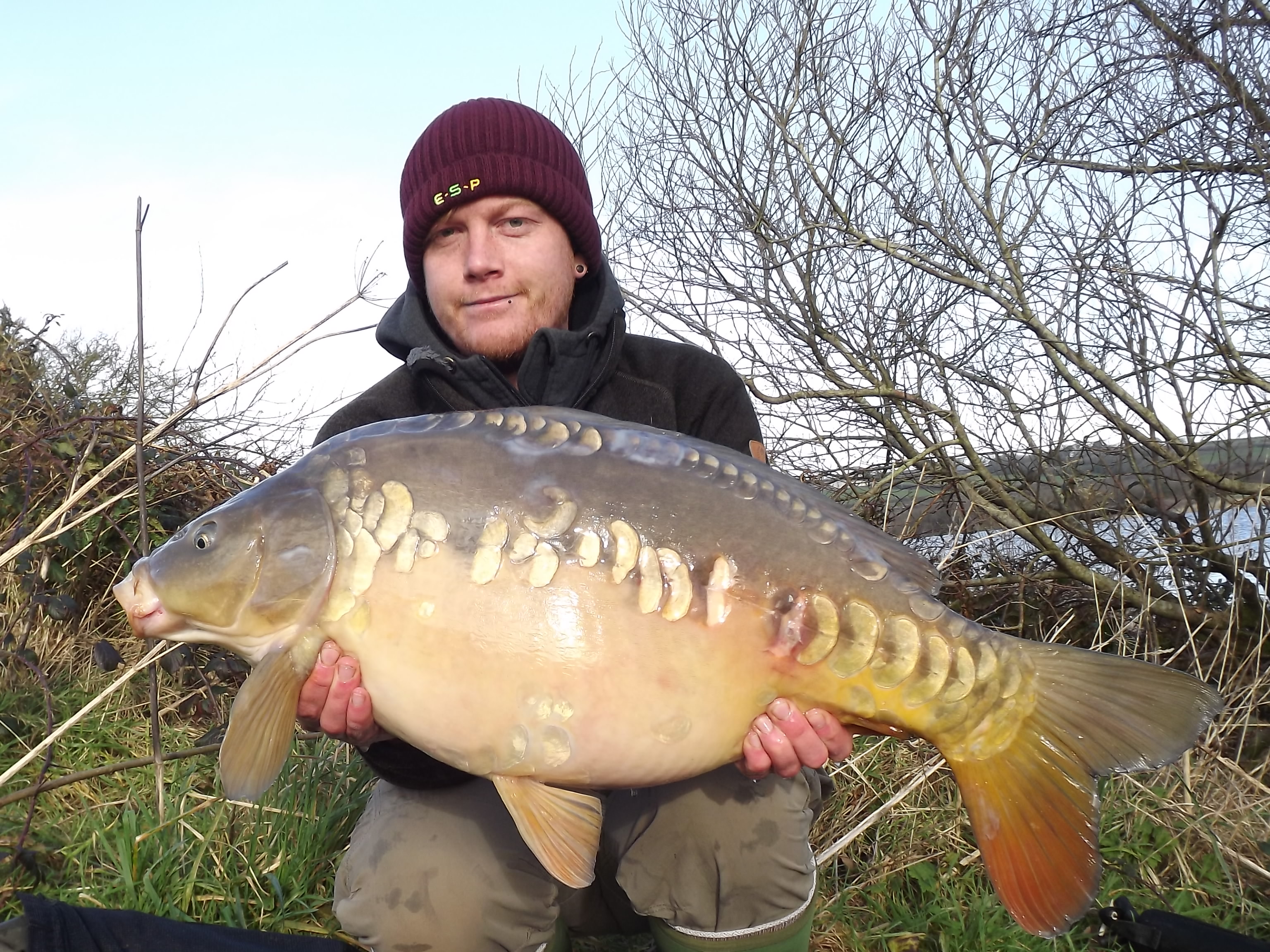

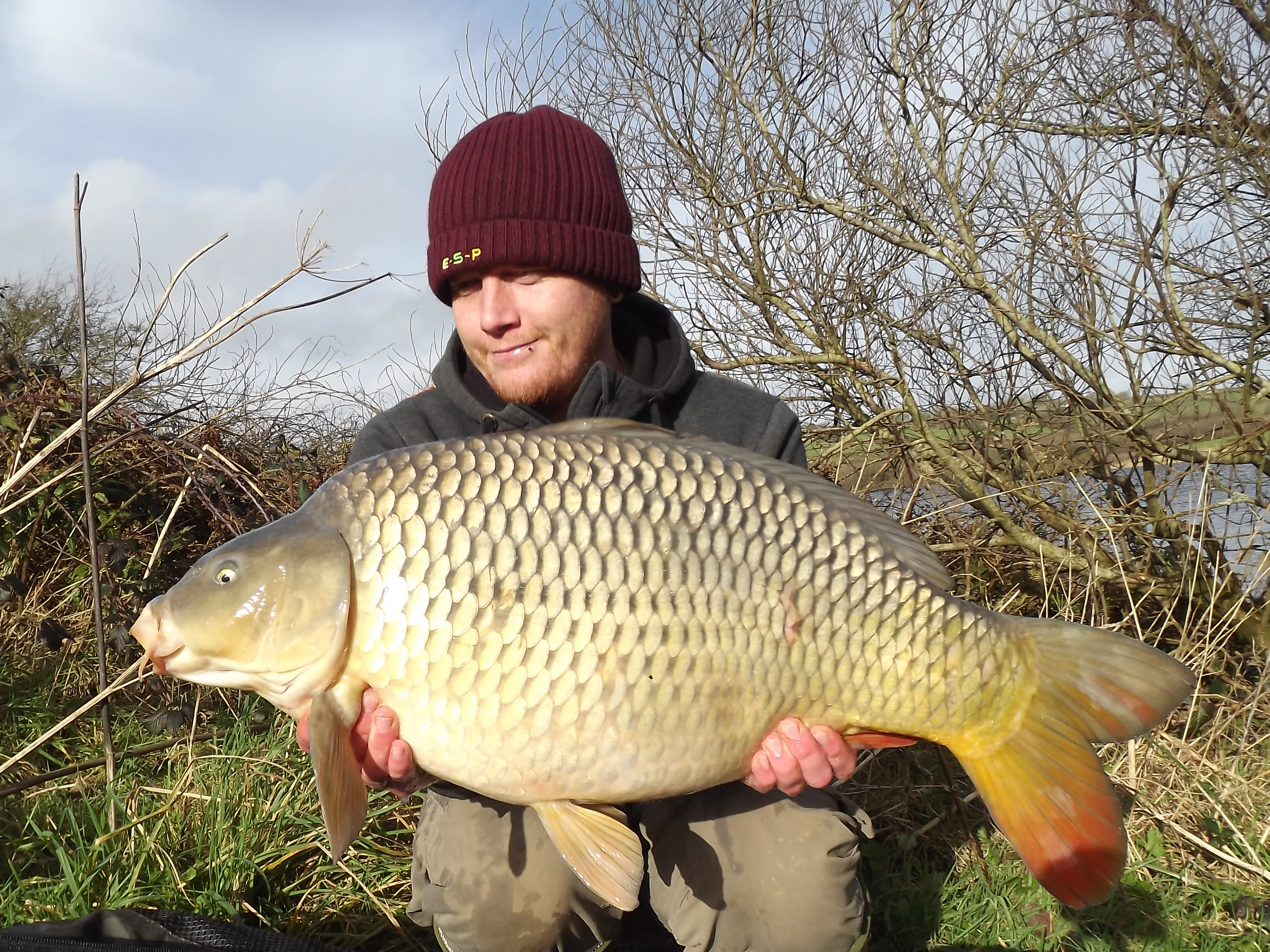
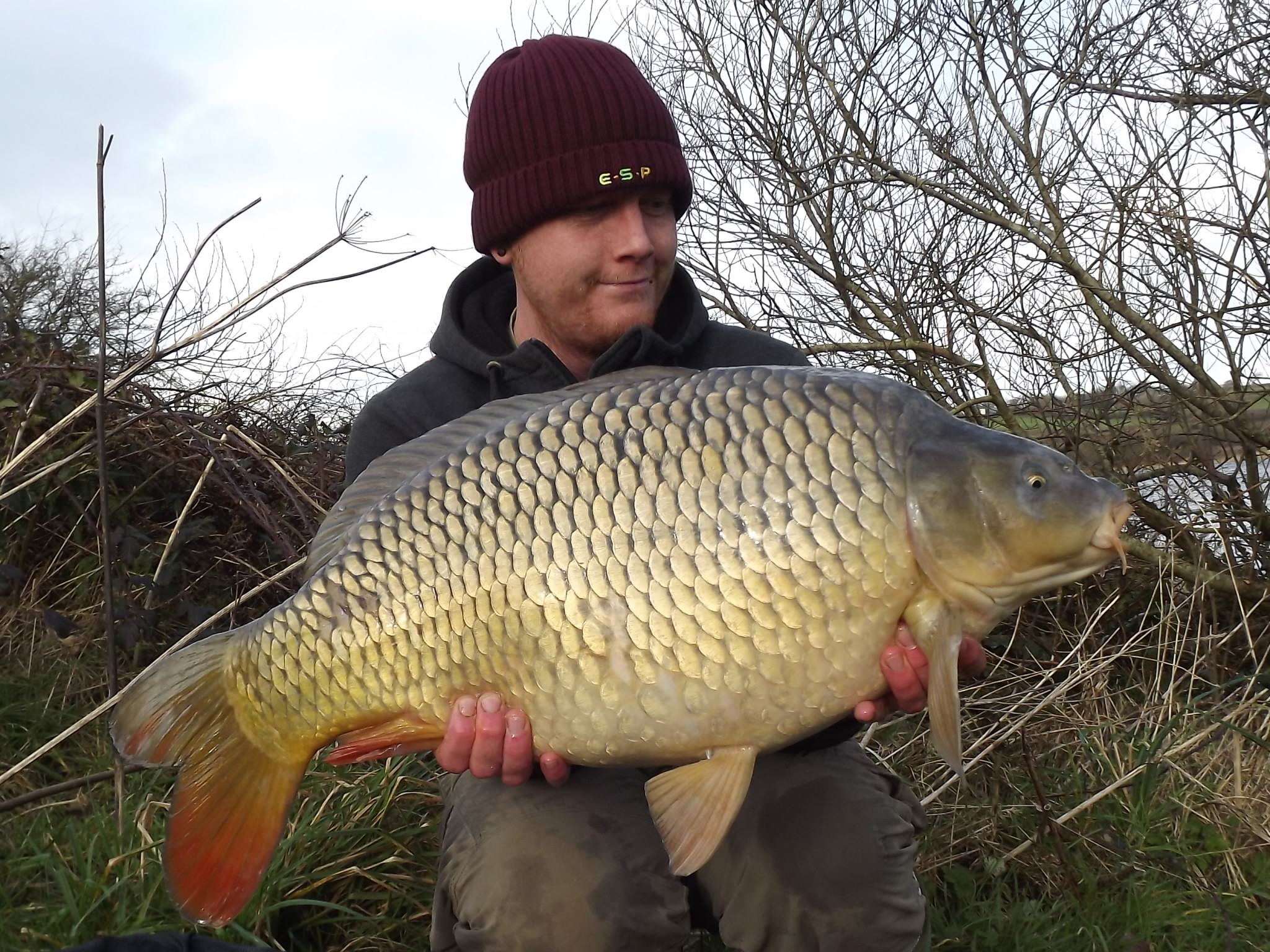
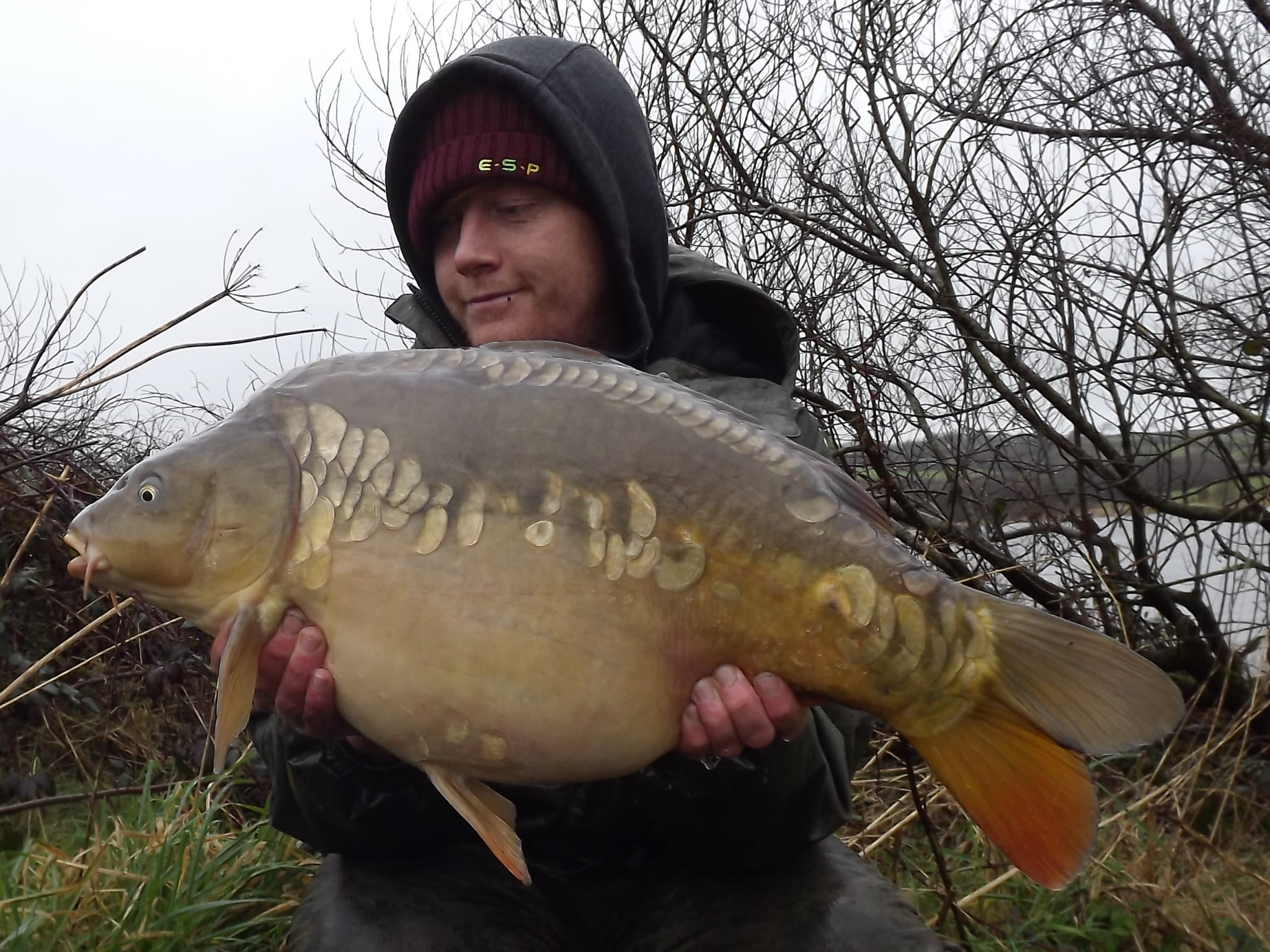
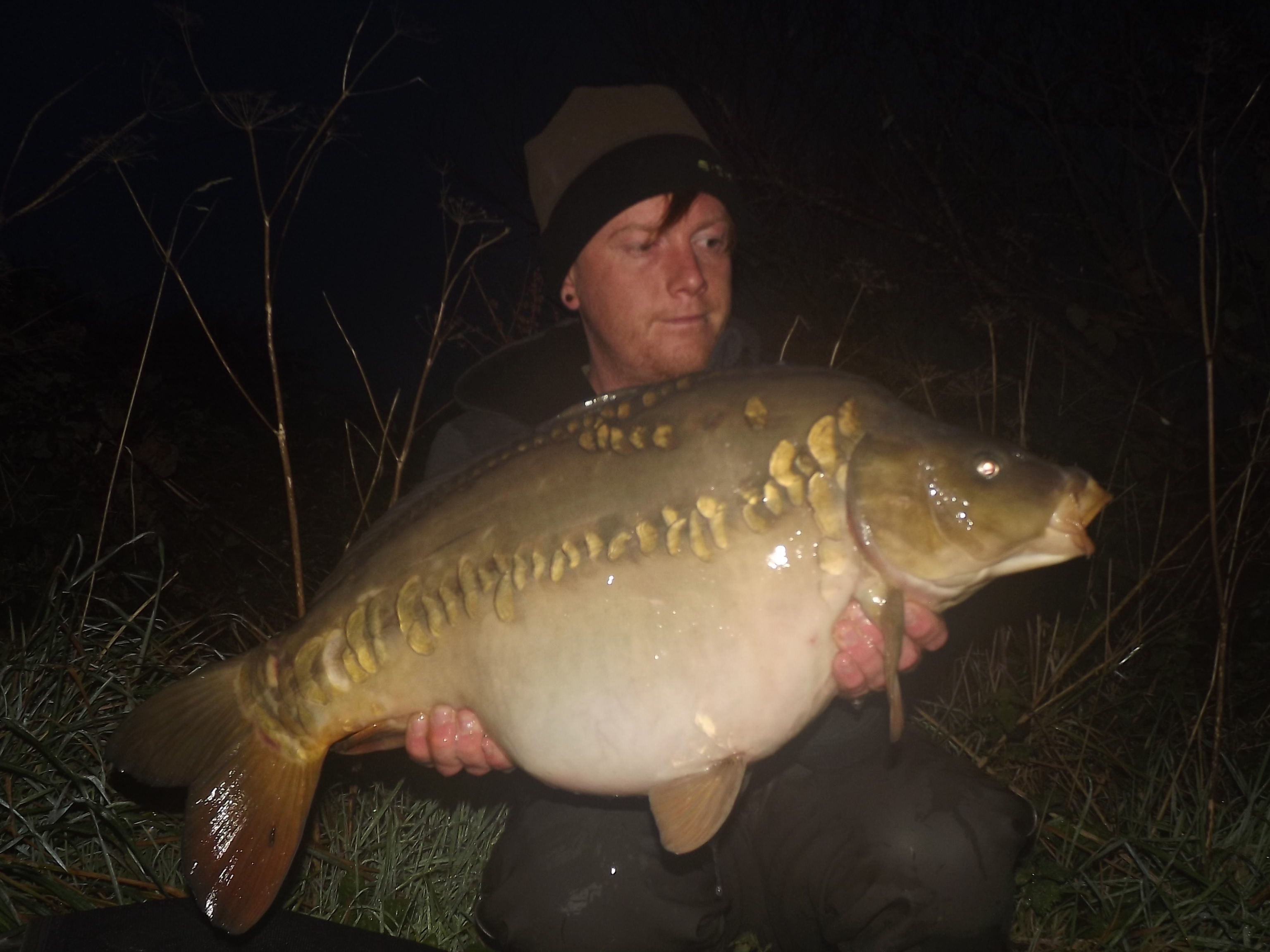

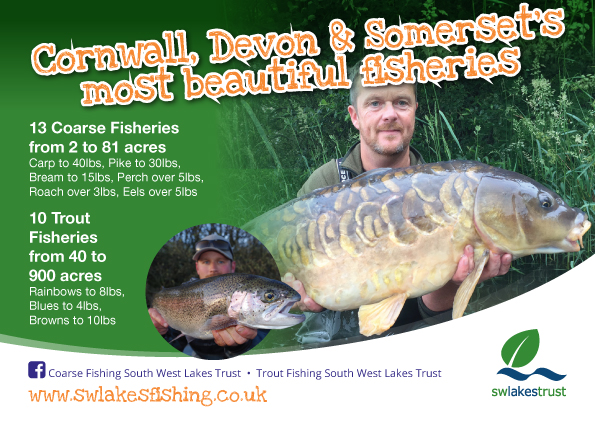
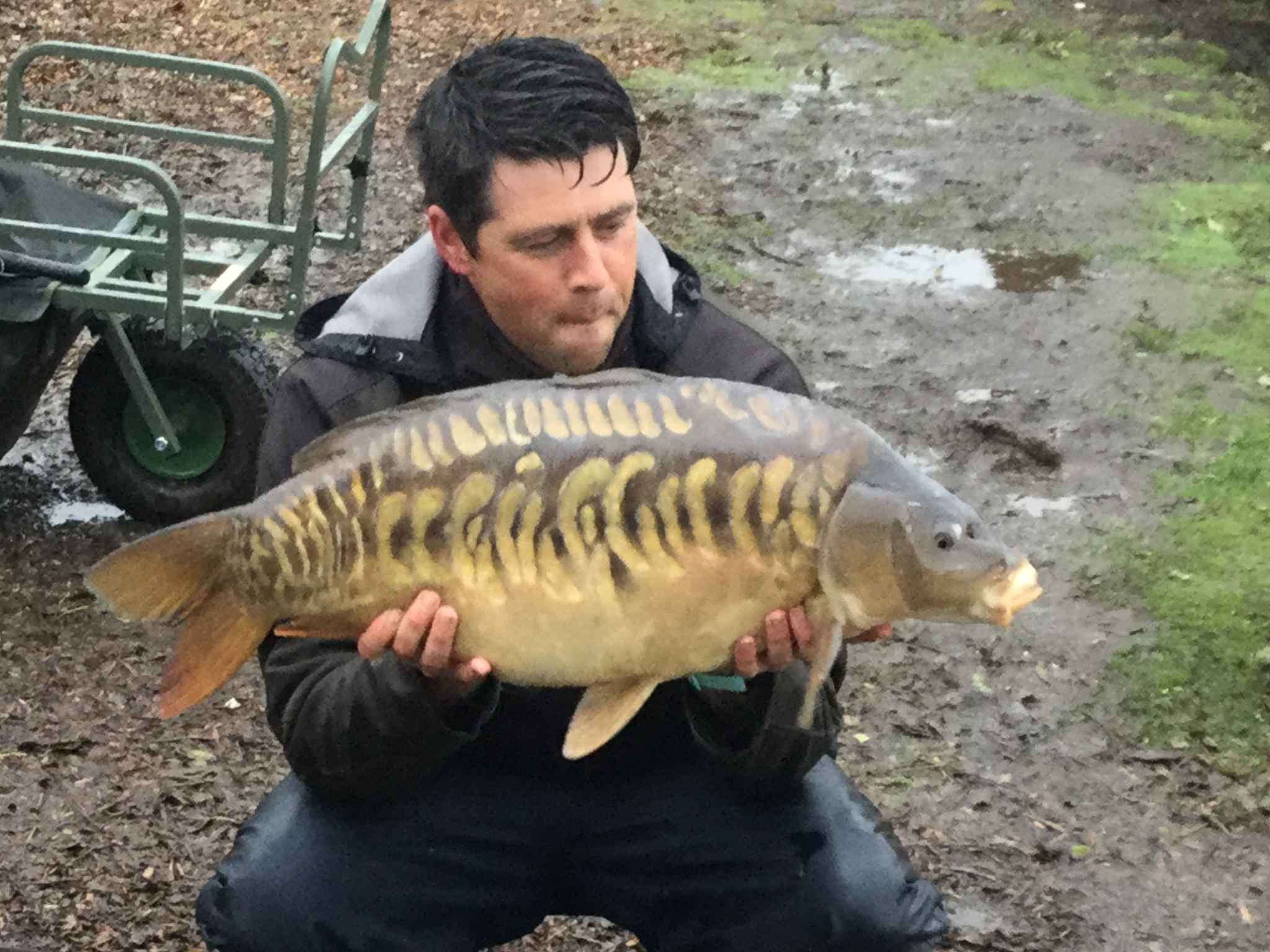







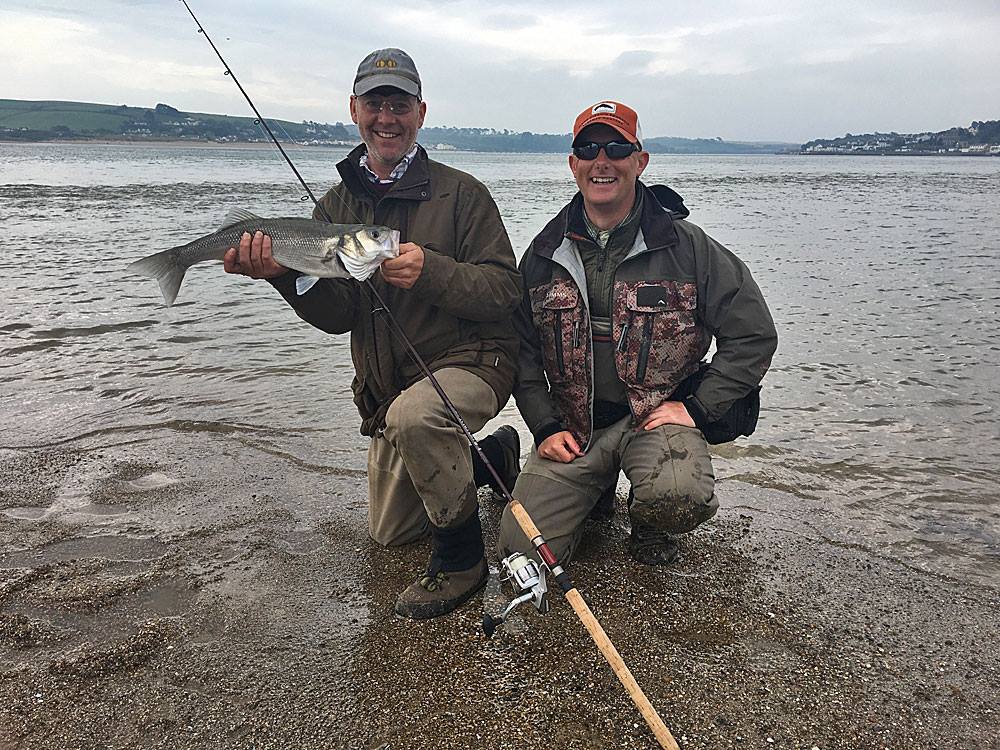
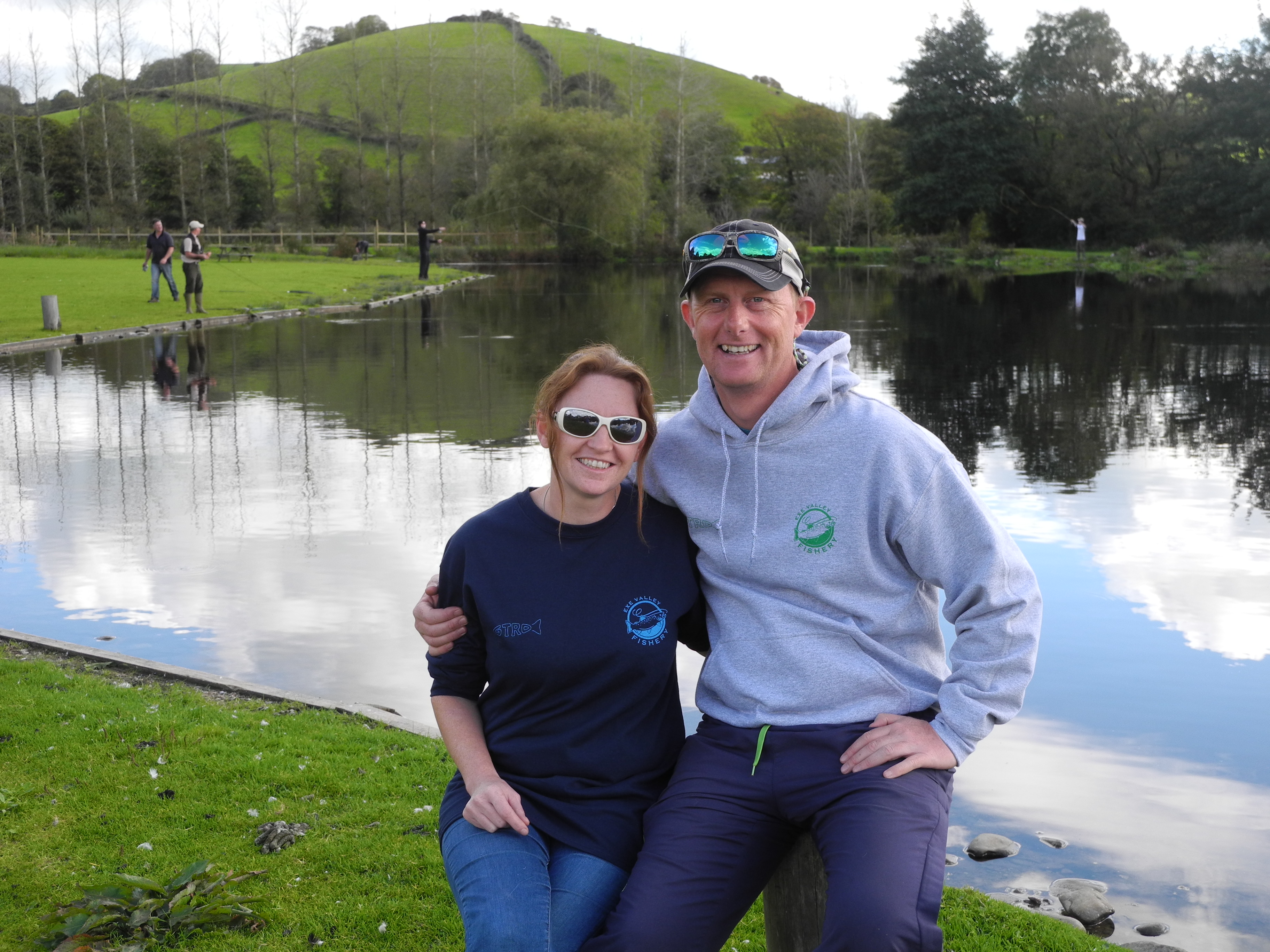
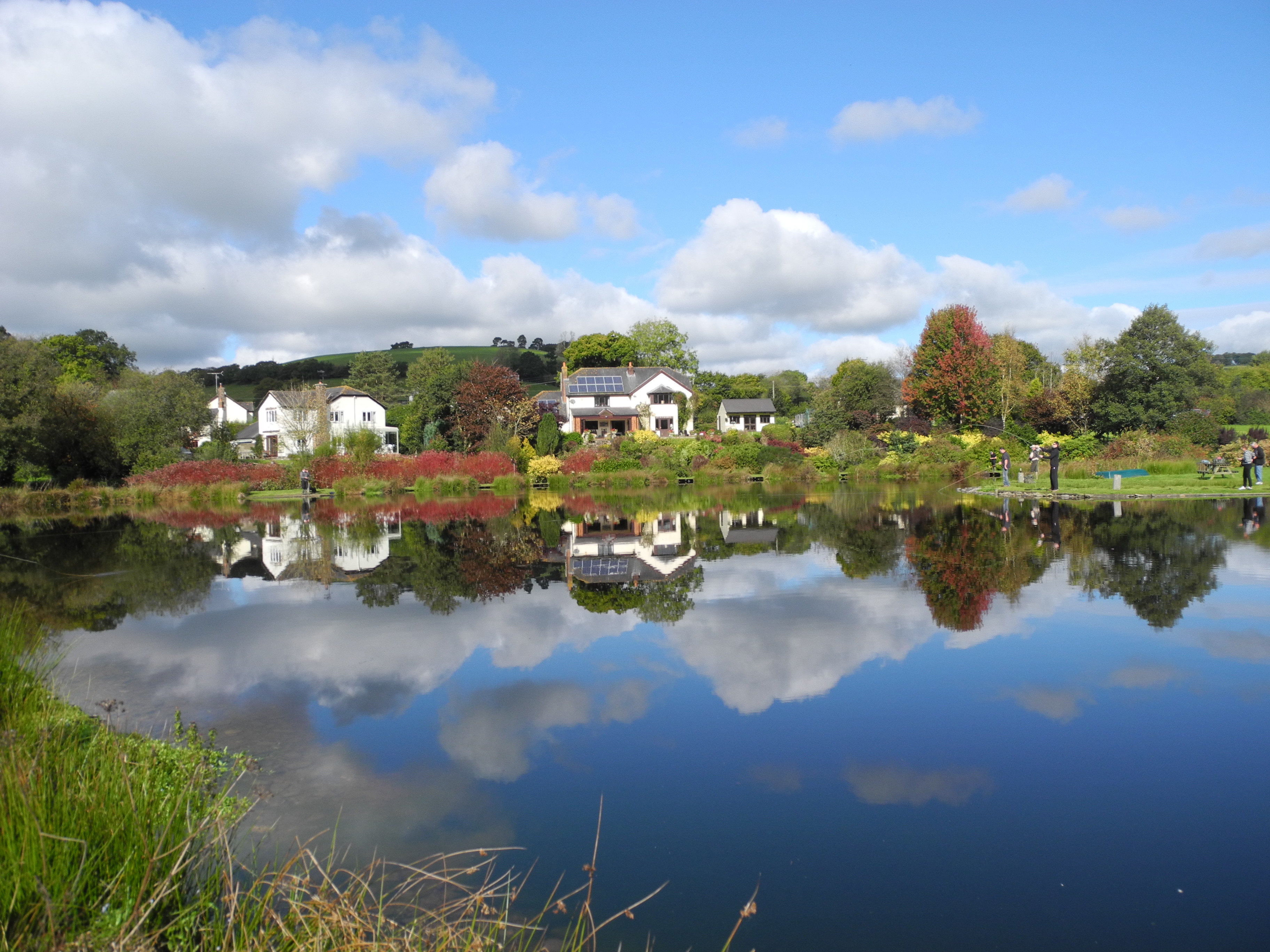





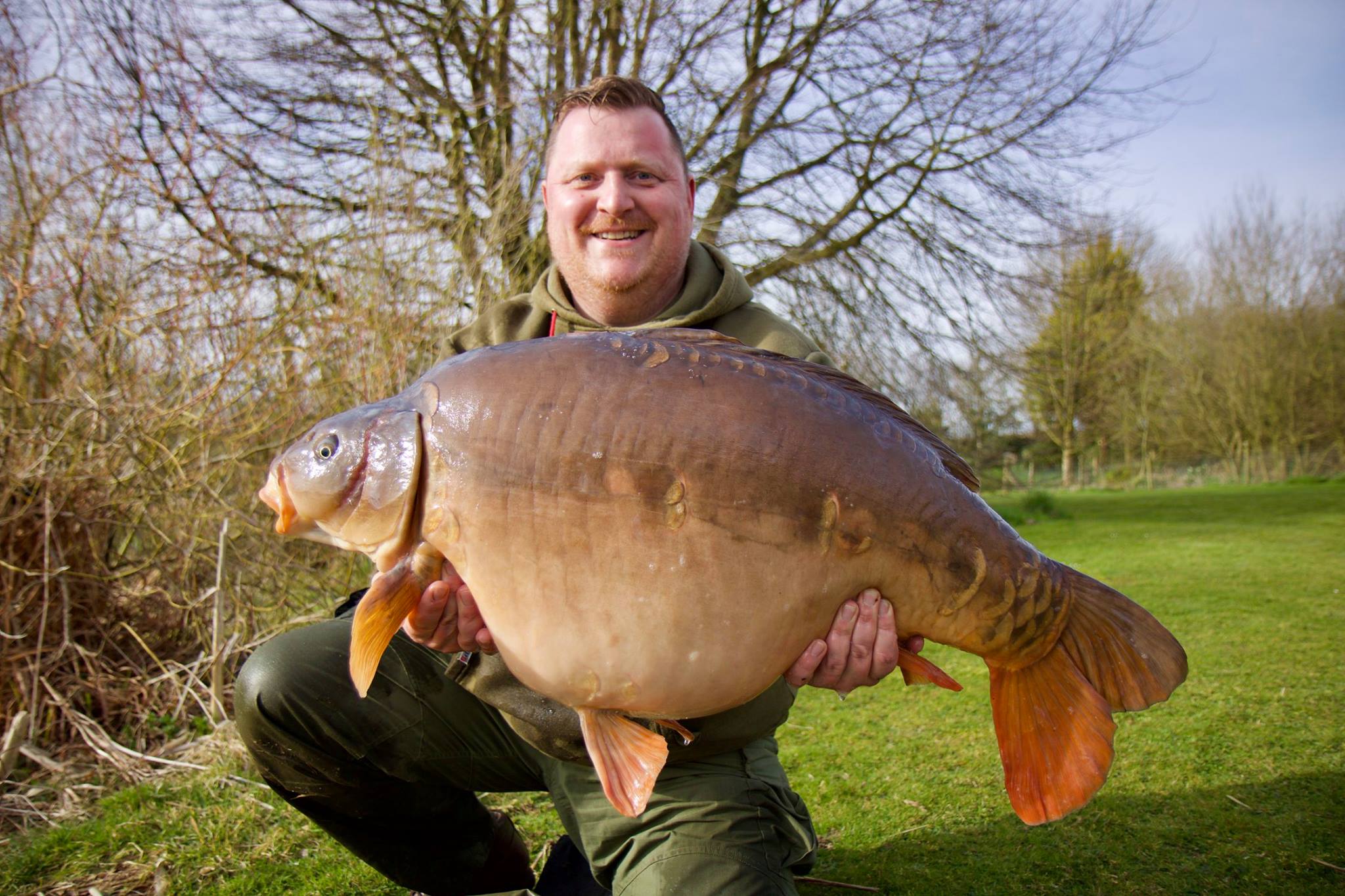
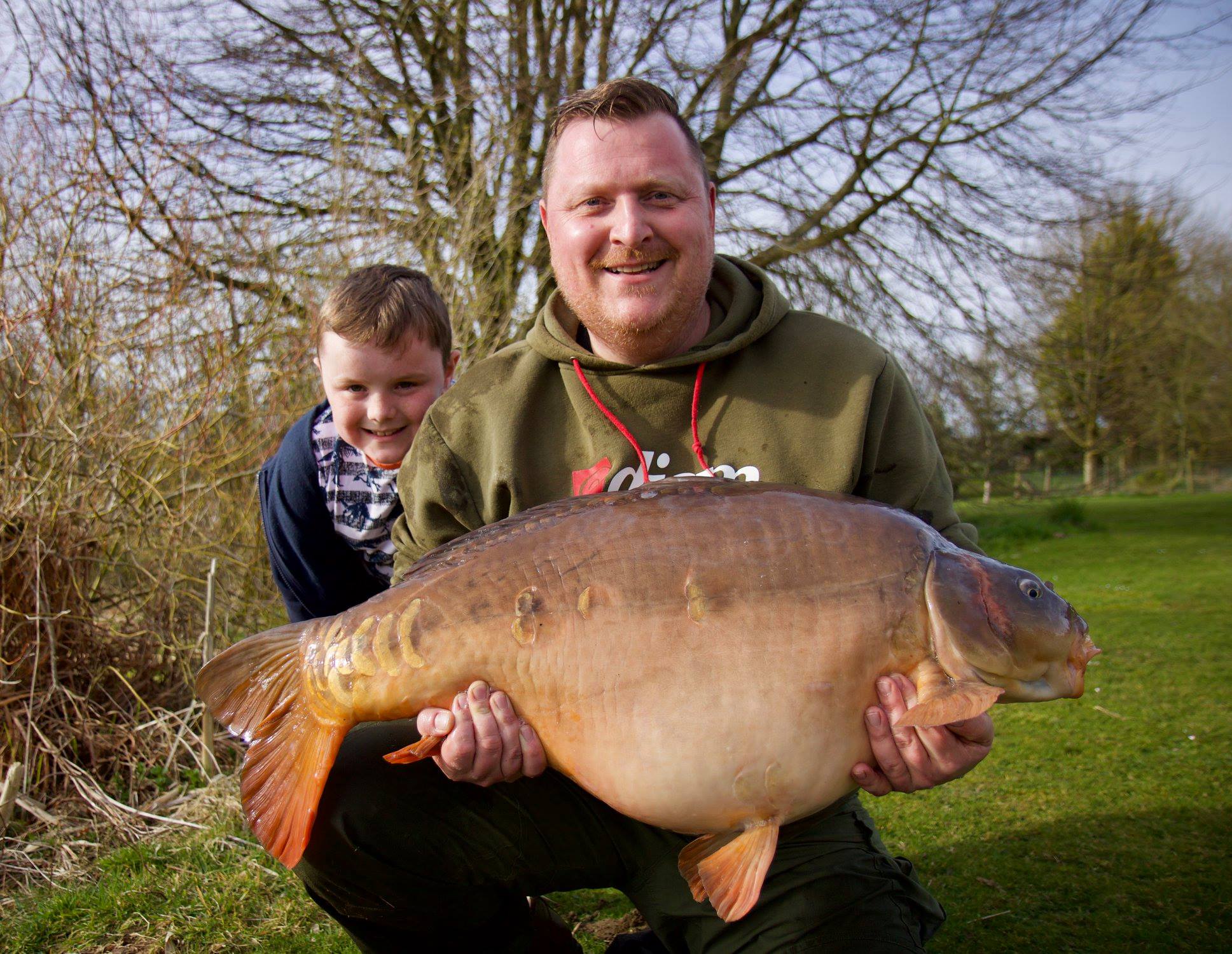

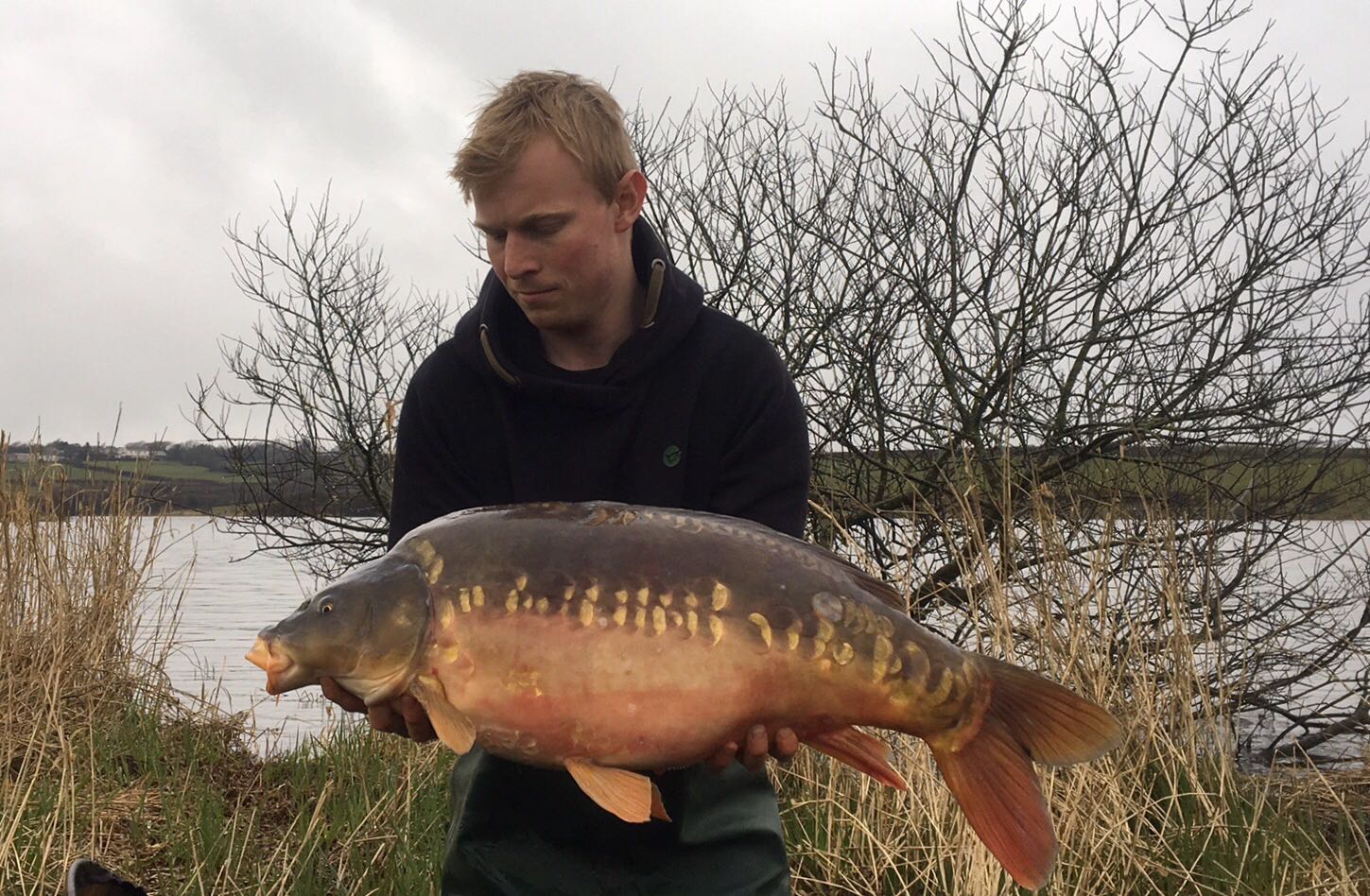
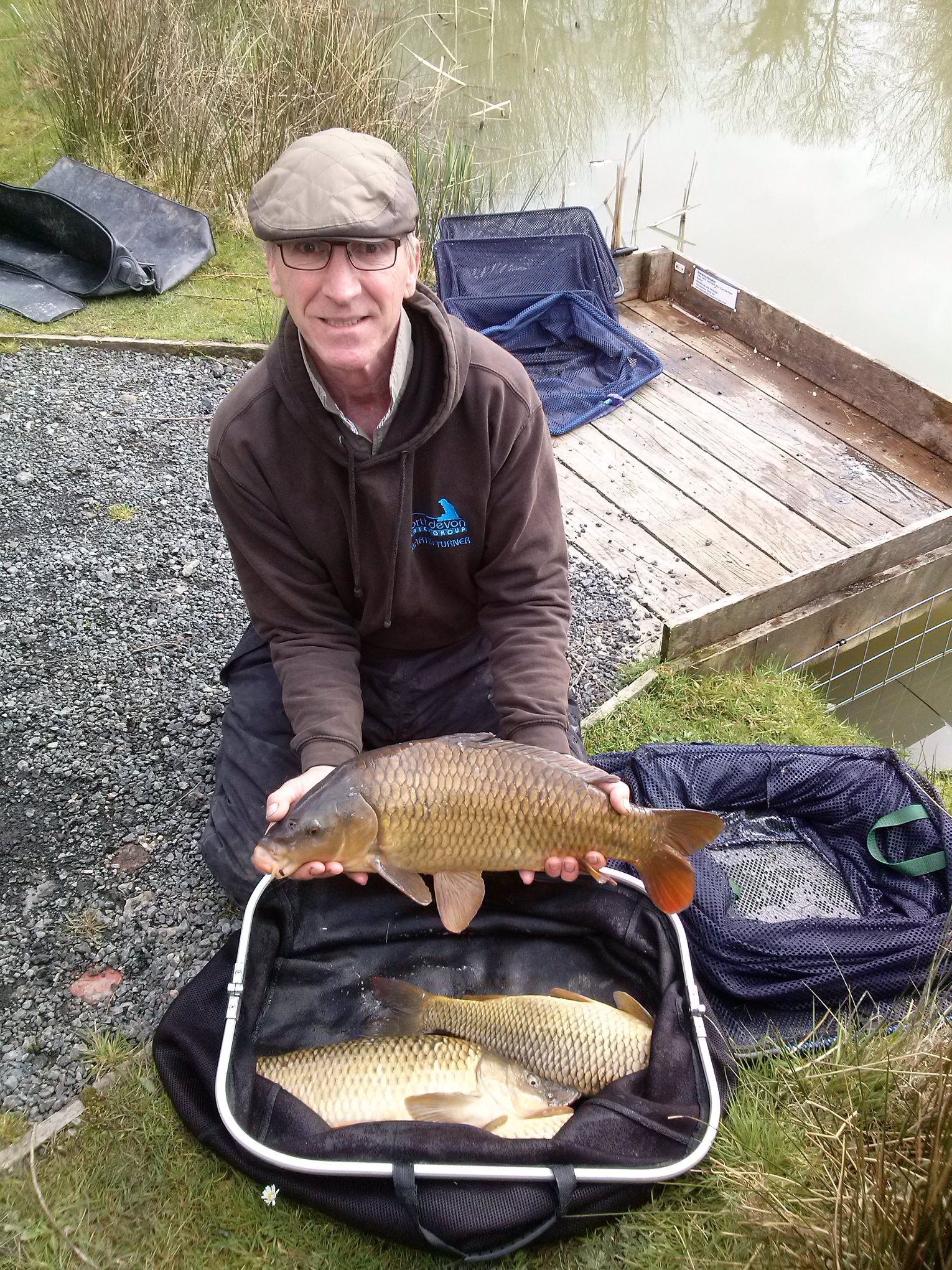
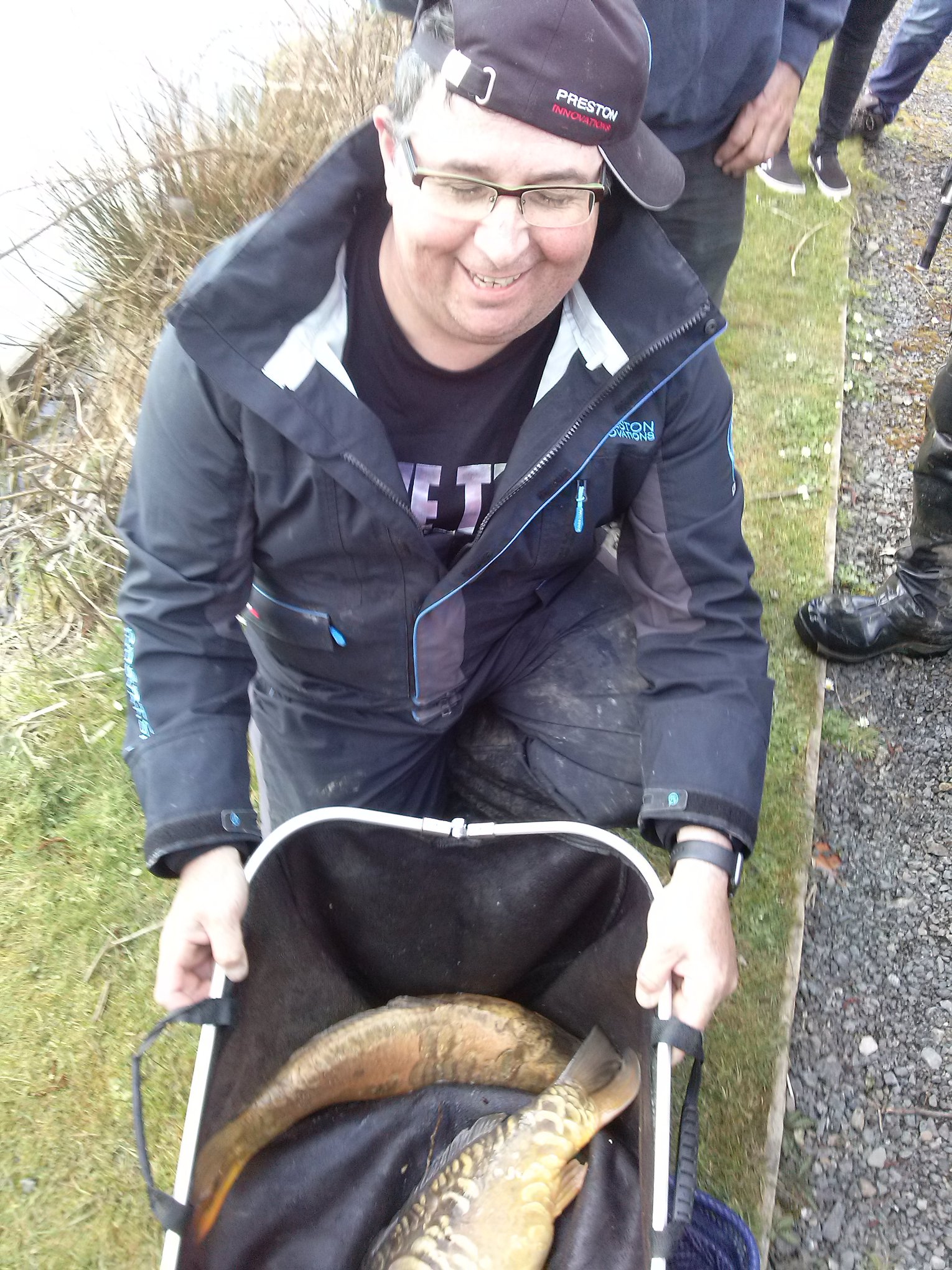
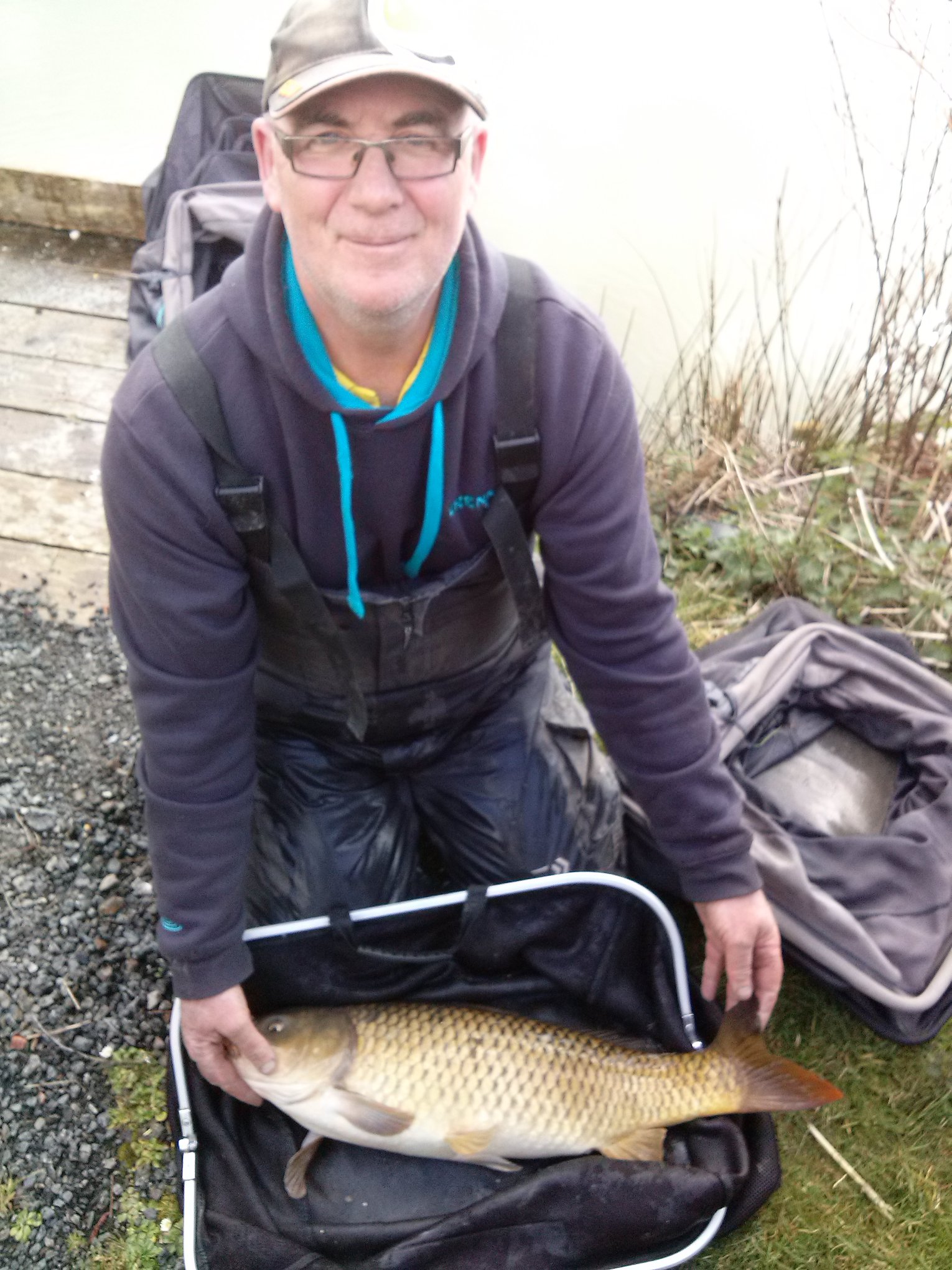

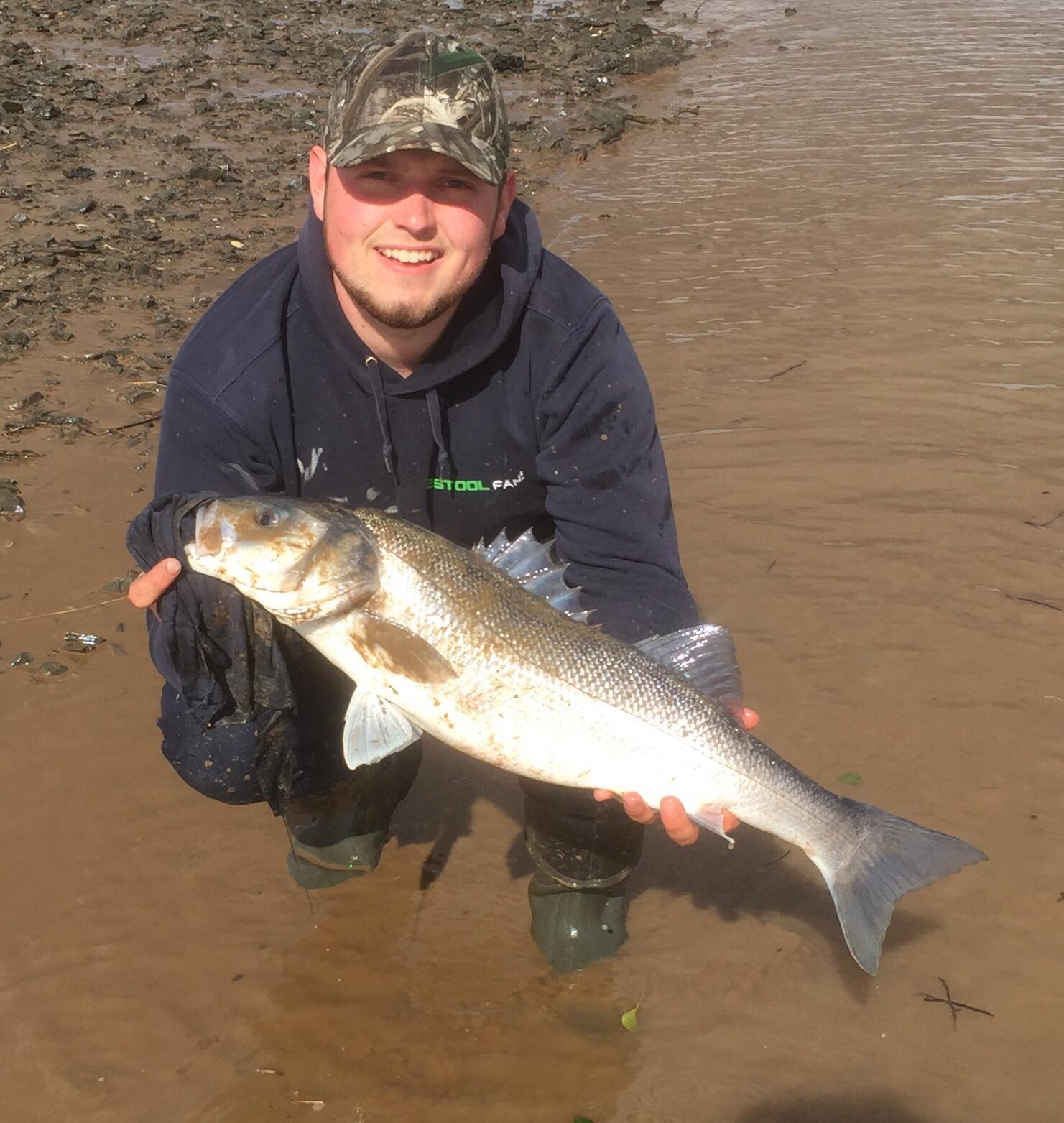 Combe Martin SAC Member Chris Bonds fished a local mark to tempt this fine bass of 8lb 1oz. The fish took crab and king rag presented on a long flowing trace. The bass was returned alive in line with current legislation that allows no bass to be retained for the table by recreational anglers.
Combe Martin SAC Member Chris Bonds fished a local mark to tempt this fine bass of 8lb 1oz. The fish took crab and king rag presented on a long flowing trace. The bass was returned alive in line with current legislation that allows no bass to be retained for the table by recreational anglers.